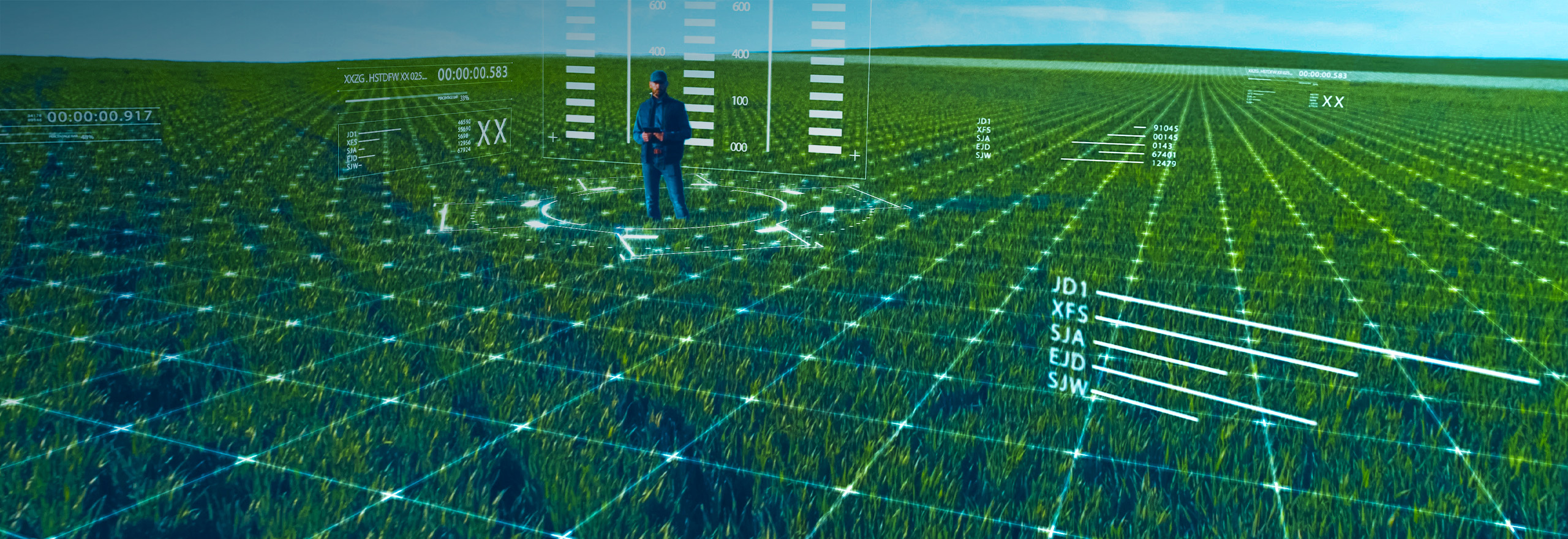Field Technology: 3 points so that Brazilian agriculture advances in 2023 with more connectivity
Alexandre Alencar, Director of Research and Development at Hexagon's Agriculture division

Over the years, the connectivity advance in the countryside has brought important benefits to Brazilian agribusiness. What used to require involving more people and much more time, is now carried out not only more quickly, but also more efficiently. The activities remote field management, with control rooms that work almost like an airport operations tower, monitoring the work of different types of machines and trucks, helps making decisions more quickly and effectively, and consequently improves the sector's productivity and income. But, for all this to be possible, the equipment installed on the machines need access to the Internet, and Brazilian reality, when it comes to connectivity, is far from ideal.
Today, 73% of Brazilian rural properties are still not connected to the Internet, according to the Ministry of Agriculture and ConectarAgro association. In practice, connectivity allows the field equipment to send data as quickly as possible, preferably in real time, to the control rooms. This ensures that applications can be kept running and processing at all times with up-to-date information. In the past, when we didn't have any kind of signal coverage, it was common using a data collection device in the equipment, usually a pen drive, to store information and later download it. Unfortunately, this alternative is still common in many locations, what makes the process slower and more susceptible to errors, affecting the companies' reaction time in solving problems.
Despite the limitations that the country's infrastructure still imposes on agricultural activity, technology has helped to ensure productivity records. Below, I list three trend points in the sector for 2023, which have already shown progress, and may gain further momentum from investments in connectivity.
Use of imaging and artificial intelligence
Many activities, which were previously carried out in a purely face-to-face manner, are now accelerated using images. Drone flights, for example, capture data that help detecting diseases and pests in different crops, supporting the precise application of herbicides and insecticides. In forest areas, there are already robots that are able to count trees more accurately and effectively, reducing the margin of error and generating better quality information. Also in plantations, images and sensors allow monitoring plant growth, using this monitoring as support for recommendations of fertiliser application and irrigation needs. With automation and detection tools, it is also possible going through forest areas, detect anthills and, later, exact locations to apply ant killers.
Automation technology
Using full automation is still far from being a reality, but technology has advanced a lot in this regard. Auto Steering already gives more autonomy to the machines, reducing the operator's work, ensuring alignment and minimising overpassing during operations such as planting. In the future we will see machines totally independent of human action performing operations. This does not mean putting an end to employment, but rather increasing agricultural production, since the machines work 24 hours a day performing operations both in sunlight and at night. Increasing investment in automation means remove physical effort and transform human action into intellectual effort, so that it can work with decisions and leave the heavy and monotonous work to the machines.
More sustainable agriculture
How to produce with less impact to the nature? Sustainability has also been a challenge for agriculture, and here technology plays an essential role. For example, when the producer uses an automation tool to save an agrochemical application, it is reducing environment impact. By using fewer chemicals, it reduces groundwater pollution and water sources. Smart projects and technologies enable minimising this impact and thus contribute to the environment. Agriculture must know how to make good use of the areas it has and recover those that are not used, with no invasion of native forests that allow maintaining the plant natural condition in a balanced way. So, the technology mission also involves sustainability.
But, to advance on all these points in 2023, we need a better connectivity infrastructure, one that allows companies to continue investing and bringing the best solutions to the producer. I make an analogy with the roads: in the same way that our highways and transport modes are still not ideal for production distribution, data traffic also needs investments to place Brazilian agribusiness at a higher level.